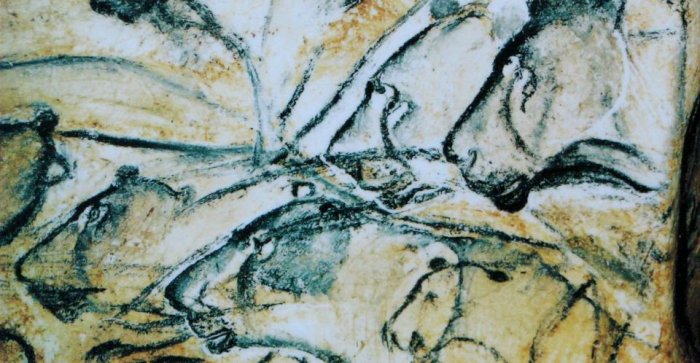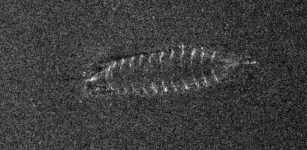Neanderthals’ Lack Of Drawing Ability Could Explain Why Modern Humans Became Smarter
AncientPages.com - Neanderthals had large brains and made complex tools. Previous studies have showed Neanderthals were much more advanced than we previously thought, but they lacked drawing ability.
Neanderthals could mentally visualize previously seen animals from working memory, but they were unable to translate those mental images effectively into the coordinated hand-movement patterns required for drawing.
 Could Neanderthals' lack of drawing ability explain why modern humans became smarter?
Could Neanderthals' lack of drawing ability explain why modern humans became smarter?
That artistic gap may be due to differences in the way they hunted. Neanderthals used thrusting spears to bring down tamer prey in Eurasia, while Homo sapiens, or modern humans, spent hundreds of thousands of years spear-hunting wary and dangerous game on the open grasslands of Africa.
See also:
Neanderthals Were Present In Italy Much Earlier Than Previously Thought
Did Human Nature’s Dark Side Help Us Spread Across The World?
According to Richard Coss, a professor emeritus of psychology at University of California Neanderthals’ hand-eye coordination involved in both hunting with throwing spears and drawing representational art could be one factor explaining why modern humans became smarter than Neanderthals.
Early humans hunted with throwing spears in sub-Saharan Africa for more than 500,000 years — leading their increasingly watchful prey to develop better flight or fight survival strategies, Coss said.
Replica of drawing of lions painted in the Chauvet Cave. Art in the cave has been identified as created by early modern humans. Credit: University of California
Some anthropologists have suggested that throwing spears from a safe distance made hunting large game less dangerous, he said. But until now, “No explanation has been given for why large animals, such as hippos and Cape buffalo, are so dangerous to humans,” he said. “Other nonthreatening species foraging near these animals do not trigger alert or aggressive behavior like humans do.”
Based on Neanderthals' lack of drawing ability, Cross now proposes a new theory for the evolution of the human brain: Homo sapiens developed rounder skulls and grew bigger parietal cortexes — the region of the brain that integrates visual imagery and motor coordination — because of an evolutionary arms race with increasingly wary prey. Could this new discovery also explain why our brains suddenly started shrinking 20,000 years ago?
AncientPages.com
Expand for references




















